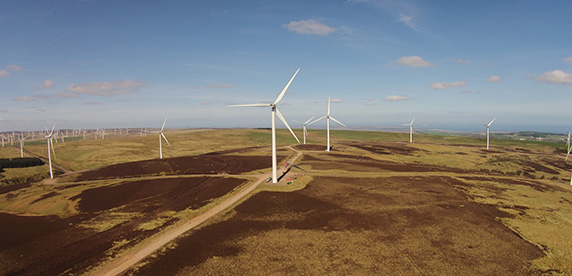Renewables and nuclear combined to generate more than half of the UK’s power for a second successive quarter in Q3, but energy monitoring firm EnAppSys has warned of looming factors that could prevent their share from growing further.
In the three months to 30 September 2017 clean sources contributed 52% of the UK’s total output, with renewables topping 27%.
This was driven predominantly by wind, which for the fourth quarter running provided more than 10% of the UK’s total power demand and took the lion’s share of renewables’ contribution at 47%.
Paul Verrill, director at EnAppSys, said that strong levels of wind generation had contributed towards a significant summer for GB renewables.
“The market has continued its progression towards increased levels of generation from renewable sources.
“The last four consecutive quarters have now all seen wind generation as a share of total output exceed 11%, but it is still gas that underpins the wider market, supported by strong levels of nuclear generation,” he said.
Biomass and solar PV, the next two most prolific sources of renewable power, provided 30% and 17% of the renewables’ share.
In total, renewables provided some 18.8TWh of UK power in Q3 which, while less than the 25TWh procured from gas in the period, topped the 16.9TWh sourced from nuclear generators.
Coal limped to a 2.8% contribution in Q3 but Verrill pointed towards climbing gas prices as a potential window for the fossil fuel to increase its share in the coming months.
The UK is committed to working towards a 2025 phase-out of coal power stations having late last year published a consultation on the subject. That consultation closed in February this year, but the government is still formulating a response.
Verrill said: “Climbing gas prices mean that coal is not far off from returning as a major fuel type in the UK, having been pushed out by the carbon price support which acts as an increase over the much lower EU Emissions Trading Scheme (ETS) carbon price.
“This is a trend that will be worth monitoring over the coming months, with the start of the Capacity Mechanism also of particular interest in the months ahead.”





